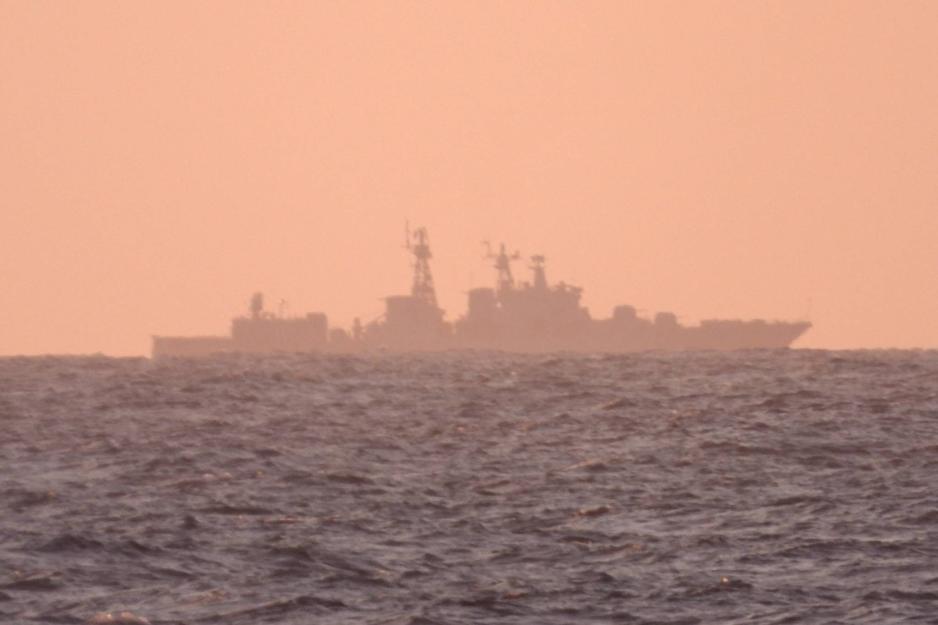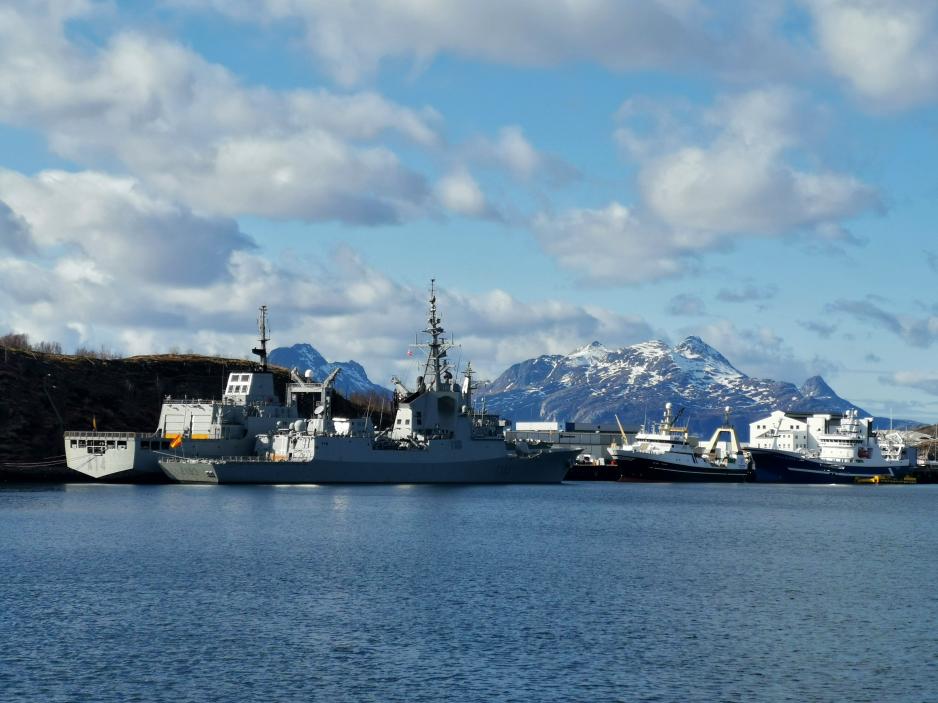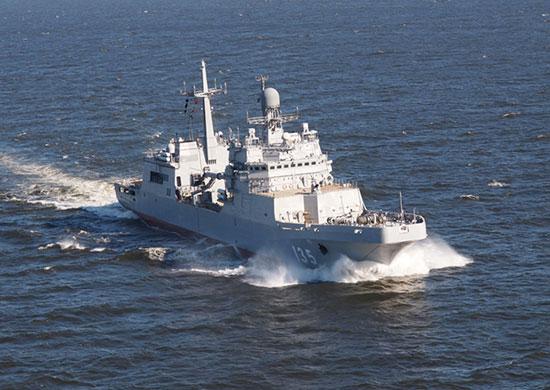Expects Increased Russian Naval Activity in Norway’s Maritime Areas

The Russian Northern Fleet's destroyer Vice Admiral Kulakov photographed in the North Sea recently. (Photo: the Norwegian Armed Forces)
The Norwegian Armed Forces is now keeping an eye on several vessels from the Russian Northern Fleet in international waters in the North Sea. In the time coming, major allied and Russian military activity is expected in Norway's sea areas, reports the Norwegian Joint Headquarters.
"Several Russian vessels are currently operating in the North Sea and it is the highest activity since before the pandemic. The Armed Forces emphasize that the Russian vessels are sailing in international waters and that the activity is legitimate and in line with international agreements," writes the Norwegian Joint Headquarters (NJHQ) in a press release on Thursday.
More specifically, it refers to the Russian Northern Fleet's large destroyer Vice Admiral Kulakov and the tanker Kama. According to Kama's last registered route on Marine Traffic, it sails off the coast of Western Norway. The destroyer is not visible on this map service that locates ships with their automatic identification system (AIS) turned on.
NJHQ points to how Russian maritime forces are active in connection with Victory Day on May 9th, which marks the victory over Nazi Germany in World War II. Perhaps the mentioned vessels are on their way from the Kola Peninsula to St. Petersburg to participate in the marking of the day.
Busy training period
On the Norwegian and allied side, a major new marine exercise is in the works: Formidable Shield begins off Andøya, Northern Norway, on Monday and is to be led by the US Sixth Fleet.
"May and June is a busy training period for the Armed Forces and our allies. We are therefore in a period in which major allied – and Russian – activity is expected at sea in our immediate area," states the NJHQ.
Formidable Shield will gather around 4000 soldiers from 13 NATO and partner countries, and more than 20 ships, 35 aircraft, and several ground units will be in action, according to the US Navy. Some vessels will be docked in the cities of Bodø and Tromsø during the weekend.
Recently, NATO's large exercise with a focus on anti-submarine warfare skills in the High North, Dynamic Mongoose, concluded.

Preparations for the allied exercise Formidable Shield have begun: Here are the Spanish frigate Blas De Lezo (right) docked together with the logistics vessel Patiño in Bodø on Thursday. In Tromsø, the American destroyer USS Oscar Austin has docked at Grøtsund Port. (Photo: Astri Edvardsen)
Russian training activity in the North
In regard to Russian sailing in Norwegian sea areas, the NJHQ also specifies the following:
"The Norwegian Armed Forces are keeping a close eye on the activity and we are doing so continuously with our allies. We are familiar with the activity and we have a good overview of what is happening outside our coast."
This week, the Russian Northern Fleet has conducted various training activities in the north.
The smaller anti-submarine ships Onega and Naryan-Mar have carried out live-fire training in the White Sea, with support from maritime patrol and anti-submarine aircraft of the type Il-38. That was reported by the Russian Ministry of Defense on Thursday.
The ministry also reports exercises in the Barents Sea on Tuesday and Wednesday: The landing ship Ivan Gren has practiced its artillery firing – and the minesweeping vessels Solovetsky Yunga and Yadrin have practiced their combat tasks; i.e. search, detection, and destruction of mines.
Last week, the Norwegian Air Force identified a Russian air force in international airspace off the Finnmark Coast. Air and naval forces in the Russian Northern Fleet were also in action with major training activity in the middle of April.

The Russian Northern Fleet's landing ship Ivan Gren can freight up to 300 paratroopers, around 13 tanks or 36 armored vehicles. (Photo: the Russian Ministry of Defense)
This article was originally published in Norwegian and has been translated by Birgitte Annie Molid Martinussen.

